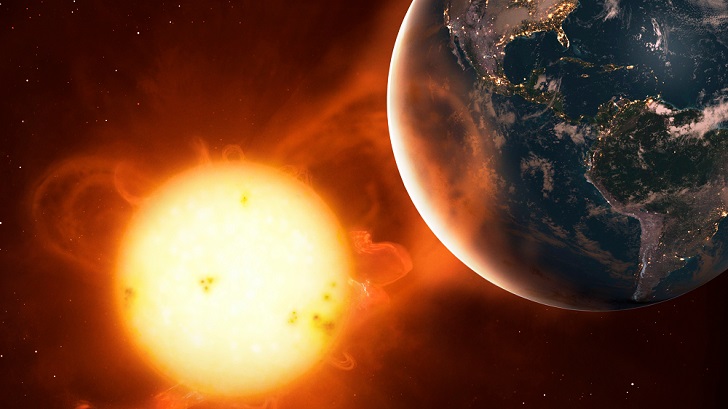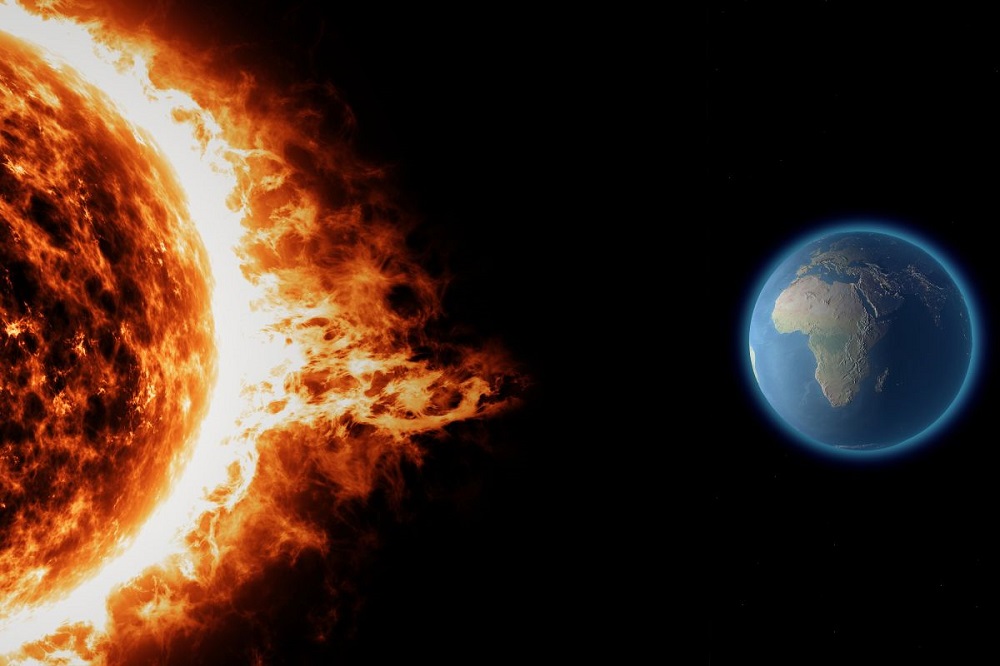Solar storms, also known as geomagnetic storms, are a natural phenomenon that can have disastrous effects on our communication, navigation, and power infrastructures. With solar cycle 25 ramping up faster than predicted, many scientists are beginning to worry about the probability of an "internet apocalypse" occurring shortly.
Research Findings
Scientific studies have estimated that the probability of a severe solar storm hitting Earth with a similar intensity to the Carrington Event of 1859 is between 1.6% and 12% in the next decade. This alarming statistic highlights the need for improved prediction and response measures. The increased solar activity in solar cycle 25 is also a cause for concern, as it could lead to more frequent and severe geomagnetic storms.

Millie Turner/ Thesun | Fears are brewing that an apocalypse is coming
Impact of Extreme Geomagnetic Storms
The impact of an extreme geomagnetic storm could be devastating. In 1859, the Carrington Event caused telegraph systems worldwide to malfunction. If such an event were to occur today, it could cause severe satellite damage, communication outages, and widespread electrical blackouts across continents. The extent of the damage caused could even lead to a catastrophic "internet apocalypse."
Measures Taken to Predict Solar Storms
Scientists are studying space weather more intensely than ever to better predict and prepare for solar storms. NASA's Parker Solar Probe, launched in 2018, gathers data to help us understand and predict solar activity.
Other initiatives are underway to improve forecasting and warning systems and protect our critical infrastructure. Improving our understanding of solar storms can enhance our ability to predict and prepare for their potential impact.

Grace Abi Faraj/ AP | With extreme geomagnetic storms, some grid systems may experience complete collapse or blackouts
Preparedness and Response
To minimize the impact of a solar storm, we must take the necessary measures to prepare and respond. This includes developing contingency plans for power outages and communication disruptions and improving the resilience of our critical infrastructure.
Governments, organizations, and individuals should collaborate to establish emergency response protocols and educate the public on responding during such events. By having measures in place and being prepared, we can mitigate the effects of a potential "internet apocalypse" and protect ourselves from the devastating effects of a severe solar storm.

Canva/ Italy24 | The threat of an internet apocalypse emphasizes the need for proactive measures to protect our digital infrastructure
Conclusion
The potential for an "internet apocalypse" due to solar storms is a real concern that we must take seriously. While we cannot prevent solar storms from occurring, we can take steps to reduce their impact and ensure that we are prepared to respond effectively.
By understanding the probability of such an event, the potential impact of extreme geomagnetic storms, and the measures taken to predict and mitigate these events, we can protect ourselves and our critical infrastructure from the devastating effects of a severe solar storm.
Continued research and investments in space weather forecasting and preparedness will be crucial to safeguarding our technological systems and minimizing the potential disruption caused by solar storms.

